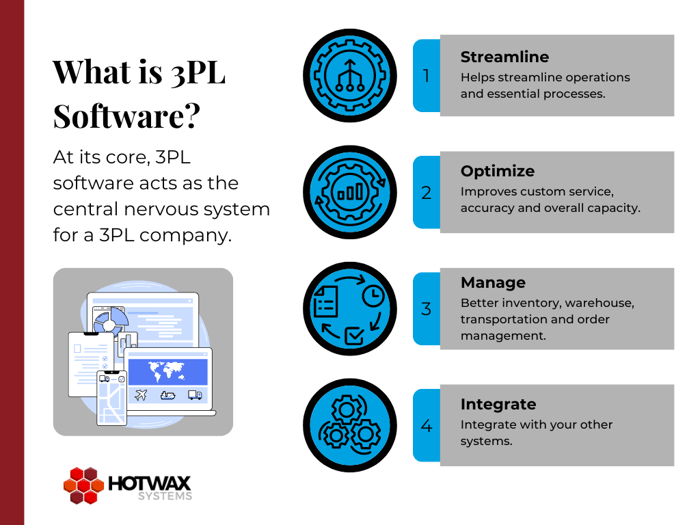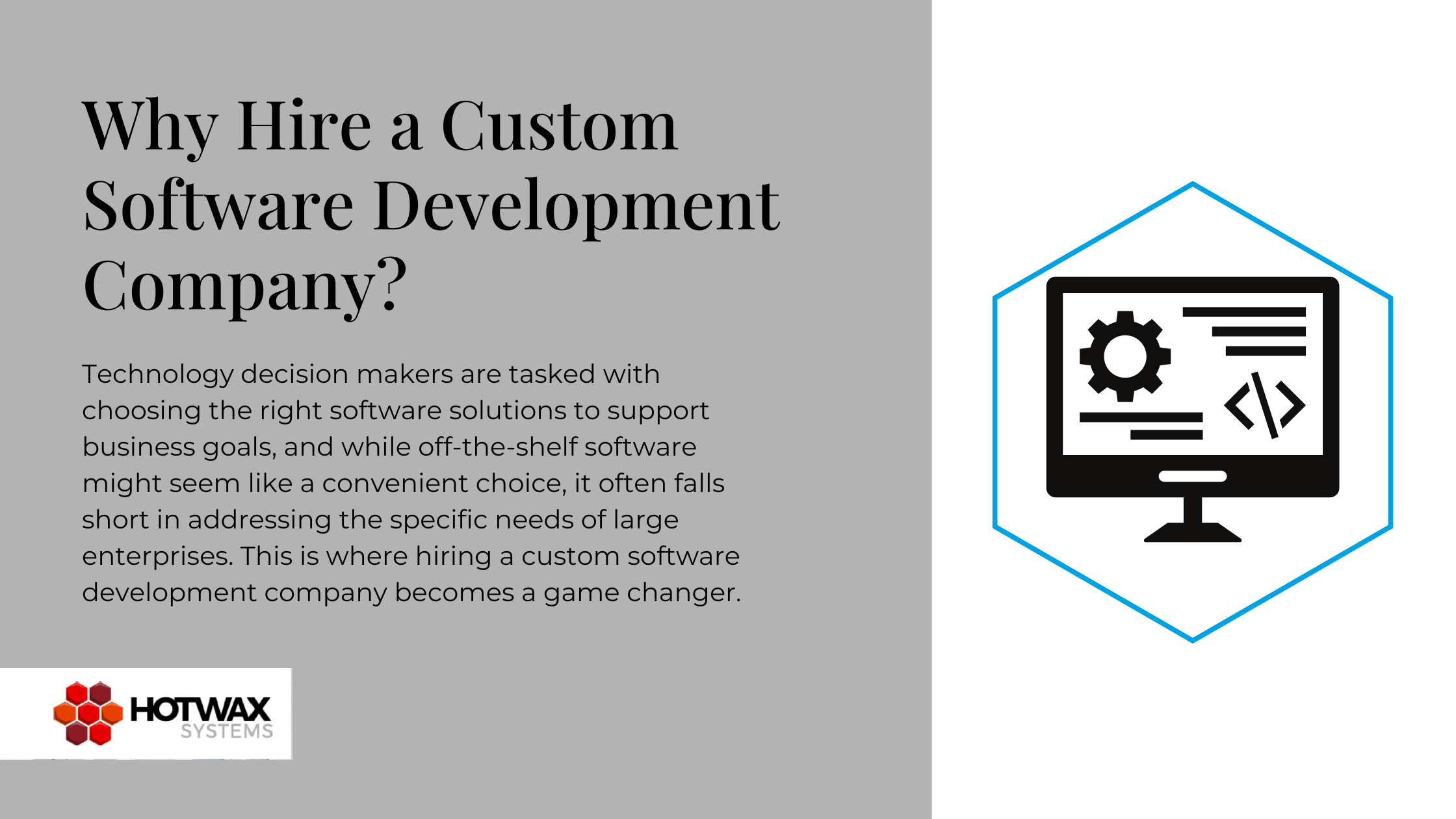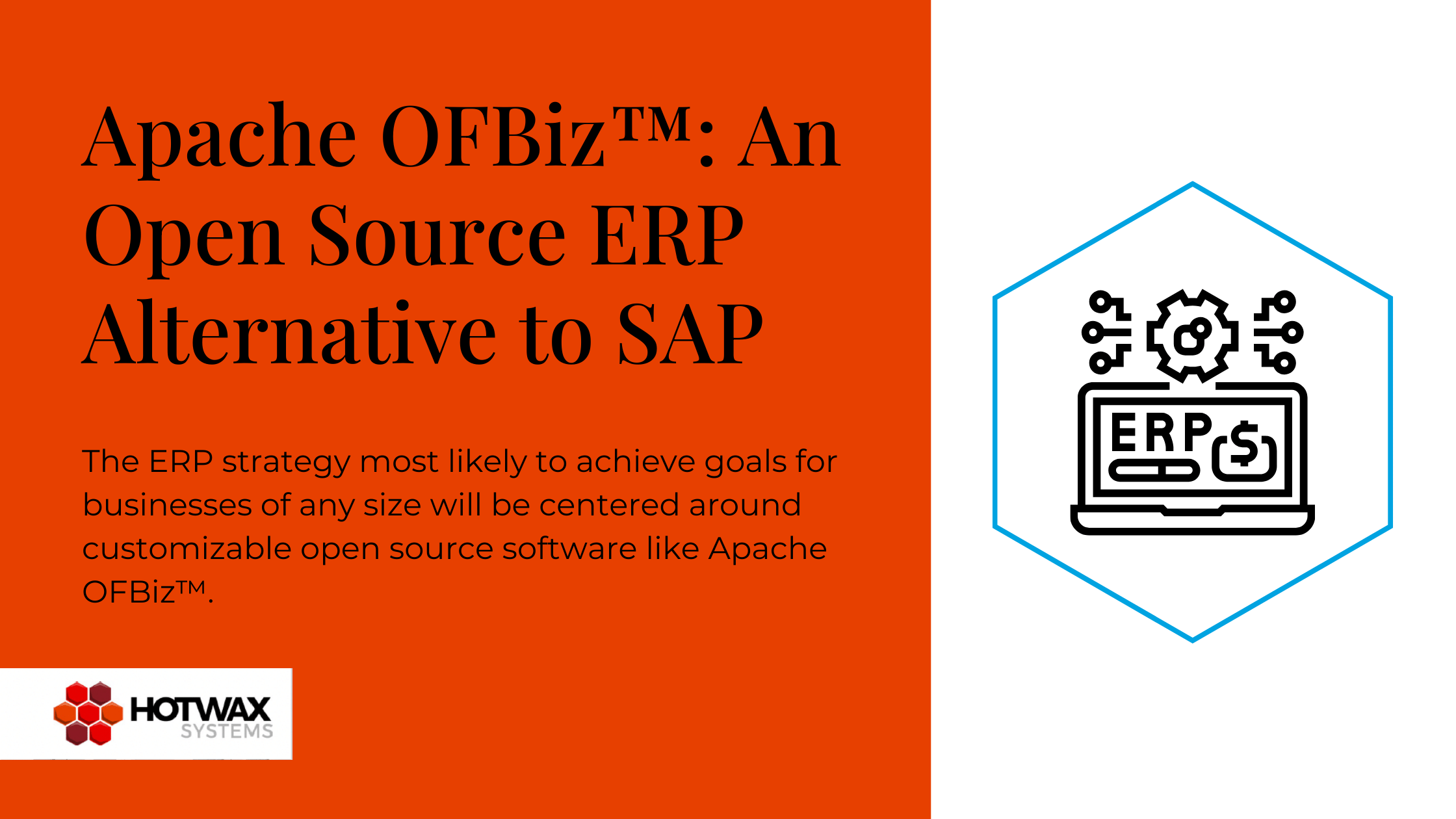What is 3PL software?
3PL software, which stands for Third-Party Logistics software, is a type of technology solution used by logistics and supply chain companies to manage and optimize their operations. These providers play a crucial role in the modern business landscape by offering outsourced logistics services to businesses looking to streamline their supply chain processes and reduce operational complexities. 3PL software systems are designed to help these third-party logistics providers (3PLs) streamline their processes, improve efficiency, and provide better services to their clients.
At its core, 3PL software acts as the central nervous system for a 3PL company, helping them manage, track, and optimize various aspects of their operations. These include order management, inventory control, warehouse management, transportation management, billing and invoicing, reporting and analytics, and more. By integrating and automating these functions, 3PL software empowers logistics providers to offer efficient, cost-effective, and transparent services to their clients.

Key features of 3PL software
While individual systems may have some feature variations, the basic key features and functions typically found in 3PL software are:
1. Order management:
- Allows for efficient order processing, tracking, and fulfillment and facilitates real-time order status updates for clients and internal teams.
2. Inventory management:
- Provides accurate inventory tracking across multiple locations, as well as demand forecasting to optimize stock levels and reduce overstocking or stockouts.
3. Warehouse management:
- This streamlines warehouse operations like picking, packing, and shipping, manages warehouse layout and optimizes inventory organization.
4. Transportation management:
- Optimizes routes for cost-effective transportation and provides carrier management and tracking of shipments in transit.
5. Billing and invoicing:
- Automates billing and invoicing for various services provided, and has tracking and charging for storage, handling, and transportation fees.
6. Reporting and analytics:
- Robust reporting tools monitor KPIs and provide data-driven insights for continuous improvement.
7. Client portals:
- Provides real-time visibility for clients into their orders, inventory, and shipments. And enhances transparency and customer satisfaction.
8. Integration capabilities:
- Allows users to seamlessly integrate with other systems like e-commerce platforms and ERP systems and use workflow automation and data exchange.
9. Compliance and regulatory support:
- Ensures adherence to industry-specific regulations and standards and manages compliance for specialized products (e.g., hazardous materials).
10. Scalability:
- An ability to grow and adapt to changing business needs and accommodate an increasing number of clients, orders, and inventory.
These features collectively enable 3PLs to optimize their operations, reduce errors, enhance client relationships, and gain a competitive edge in the logistics industry.
.png?width=700&height=525&name=What%20is%203PL%20Software%20(2).png)
Benefits of 3PL software
Implementing 3PL software can bring a multitude of benefits to logistics providers and their clients, including:
1. Enhanced efficiency:
- Streamlined operations reduce manual effort and errors, allow for automation of repetitive tasks and speed up processes.
2. Improved accuracy:
- Real-time data and tracking minimize inaccuracies, reduce risk of inventory discrepancies and order errors.
3. Cost savings:
- Optimized routes and inventory management reduce transportation and storage costs. While efficient operations lead to cost-effective service delivery.
4. Better customer service:
- Client portals provide clients with real-time visibility into their supply chain which improves customer satisfaction.
5. Data-driven decision-making:
- Access to data analytics helps in making informed strategic decisions, identifying areas for improvement and cost reduction.
6. Scalability and growth:
- Accommodating an expanding client base and operations supports business growth without major disruptions.
How do you know you need 3PL software?
While 3PL software offers a range of benefits, how do you determine if your business truly needs it? Here are some signs that suggest your business may benefit from 3PL software:
1. Growing complexity:
- As your business grows, managing logistics manually has become increasingly challenging.
- You realize handling a growing number of clients and orders requires automation and optimization.
2. Inefficiencies and errors:
- You’re seeing frequent errors in order fulfillment, inventory management, or transportation.
- Difficulty in tracking and resolving issues promptly.
3. Lack of transparency:
- Clients express frustration due to limited visibility into their supply chain.
- Difficulty in providing real-time updates to clients.
4. Cost control challenges:
- Rising operational costs without clear strategies to control them.
- Difficulty in optimizing routes, managing inventory, or reducing overhead costs.
5. Data overload:
- Struggling to process and analyze large volumes of data.
- Difficulty in deriving actionable insights from data.
6. Compliance and regulatory risks:
- You operate in an industry with complex compliance requirements.
- Non-compliance issues could result in fines or legal problems.
If you identify with any of these challenges, it may be time to consider implementing 3PL software.
.png?width=700&height=525&name=What%20is%203PL%20Software%20(1).png)
Open source vs. proprietary 3PL software
Before choosing 3PL software for your business, you’ll likely need to decide between open source and proprietary solutions (or at least consider both). Each has its advantages and disadvantages, and what you choose will ultimately come down to your particular business needs and preferences.
Open source:
-
Customization: Open source software offers greater flexibility for tailoring the software to your specific needs due to the nature of the open source license.
- Growth: The customizability of open source software means that your system can grow with you, which eliminates the need for moving to an entirely new system down the road.
- Active community: Open source software projects typically have associated communities of developers and users who contribute to its improvement through education, bug fixes and maintenance. These communities are also a great way to get advice, general help, and referrals for open source service providers.
- No recurring license fees: Generally, open source solutions don’t have the same recurring licensing costs of proprietary options.
Proprietary:
- Vendor support: Proprietary software options typically include support direct from the vendor that’s included in your subscription.
- Off-the-shelf: The off-the-shelf nature of proprietary options make them a great option for businesses that know they won’t need any customization and growth flexibility.
- License fees: In exchange for the convenient, out of the box nature of proprietary software, the user pays a recurring license fee (usually yearly or monthly) in order to access and use their system.
How to select the right 3PL software for your business
Choosing the right 3PL software for your business is a critical decision that requires careful consideration. Here are some steps to help you make an informed choice:
1. Assess your needs:
- Identify your specific logistics and supply chain challenges.
- Determine the features and capabilities you require to address those challenges.
2. Budget considerations:
- Define your budget for implementing 3PL software.
- Consider the total cost of ownership, including licensing, implementation, and ongoing maintenance.
3. Scalability:
- Ensure the software can grow with your business.
- Accommodate future needs and expansion.
4. Integration capabilities:
- Evaluate how well the software integrates with your existing systems.
- Ensure seamless data exchange with other critical applications.
5. Support and training:
- Assess the level of customer support and training provided by the software vendor.
- Ensure you have access to help when needed.
6. Security and compliance:
- Verify the security measures in place to protect your data.
- Ensure the software supports compliance with industry-specific regulations.
7. User-friendliness:
- Test the software's user interface to ensure it's intuitive for your team to use.
- Gather feedback from potential users.
8. Reputation:
- Research the vendor or provider’s reputation in the industry.
- Read reviews and seek recommendations from trusted sources.
9. Trial period:
- Whenever possible, take advantage of trial periods to test the software in your real-world environment.
10. Customization:
- If customization is critical, evaluate the software's flexibility for tailoring it to your needs.
By following these steps and conducting thorough research, you can select a 3PL software solution that aligns with your business goals and helps you overcome logistical challenges effectively.
.png?width=700&height=525&name=What%20is%203PL%20Software%20(3).png)
Conclusion
In the dynamic world of logistics and supply chain management, 3PL software is a powerful tool for businesses and logistics providers seeking to optimize their operations, enhance customer satisfaction, and gain a competitive edge. With its array of features and benefits, 3PL software offers a comprehensive solution to address the complexities of modern supply chain management.
Whether you choose open source or proprietary software, the key is to carefully assess your specific needs, budget, and long-term growth plans. By making an informed decision and selecting the right 3PL software for your business, you can achieve increased efficiency, reduced costs, and improved customer service that will transform your logistics operations for the better.







